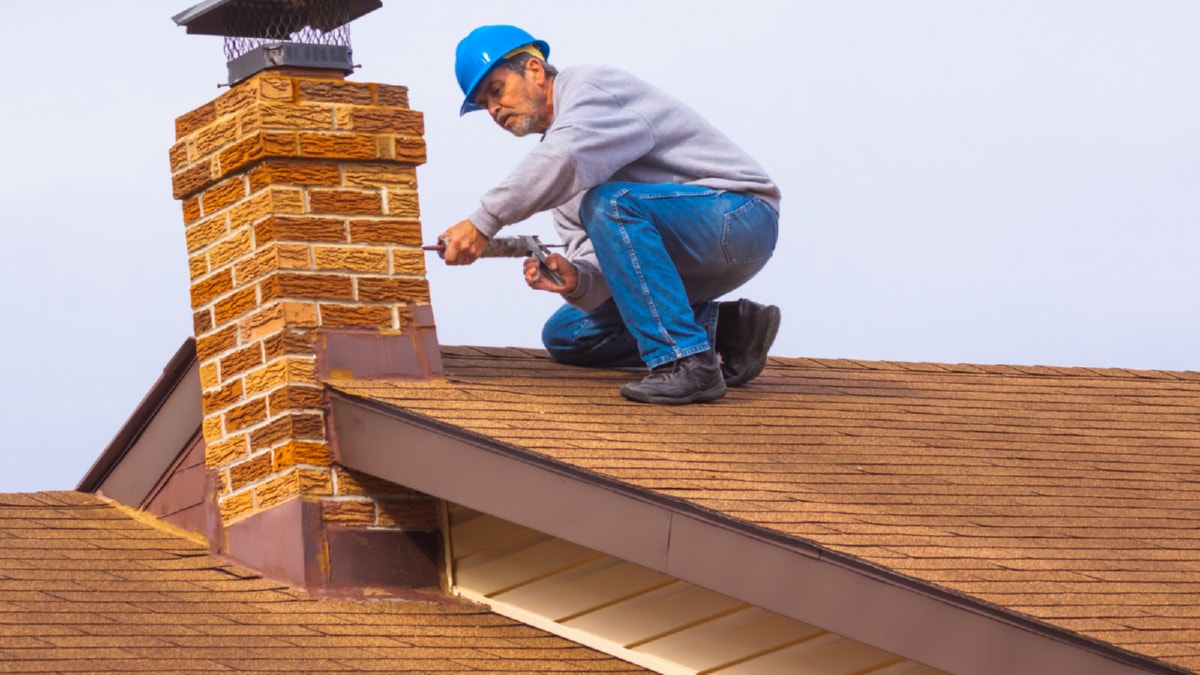Green building practices have gradually evolved over the years, owing to the increasing awareness of environmental conservation. These practices involve creating structures that are environmentally responsible and resource-efficient right from siting to design, construction, operation, maintenance, renovation, and demolition. The modern trends in green building practices are fascinating as they are not only eco-friendly but also technologically advanced, revolutionizing the construction industry.
One significant trend in green building practices is the use of sustainable building materials. The use of recycled and renewable materials is becoming increasingly popular in construction. This includes reclaimed wood, recycled steel, and concrete, as well as recycled plastic and metal. These materials are more sustainable compared to traditional construction materials because they use less energy during their production and emit fewer greenhouse gases. Furthermore, they reduce the amount of waste that goes into landfills, further minimizing the environmental impact of construction activities.
Another noteworthy trend is energy efficiency. Green buildings are designed to consume less energy by integrating technologies that optimize the use of natural light and ventilation. This has led to the increased use of energy-efficient appliances and systems, including LED lighting, high-efficiency HVAC systems, and energy management systems. Some buildings even incorporate renewable energy sources, such as solar panels or wind turbines, to generate their own power, reducing their reliance on fossil fuel-based energy sources.
Water conservation is also a key trend in green building practices. This involves the use of low-flow fixtures and appliances, rainwater harvesting systems, and greywater recycling systems. These technologies help to reduce water consumption, thereby conserving this precious resource. Greywater systems, in particular, use wastewater from sinks, showers, and washing machines for non-potable uses like flushing toilets or irrigation, significantly reducing freshwater use.
The rise of smart buildings is another modern trend in green construction. Smart buildings use advanced technology and systems to control and monitor the building’s environment. This includes systems for lighting, temperature, and air quality, which are automated to ensure optimal conditions while minimizing energy use. Furthermore, these systems provide real-time data that can be analyzed to identify areas for improvement, further enhancing the building’s efficiency and sustainability.
Lastly, green roofs and walls, also known as living roofs and walls, are gaining popularity. These features involve the use of plants to cover the exterior of buildings, providing numerous benefits. They help to reduce the heat island effect, improve air quality, reduce stormwater runoff, and provide habitat for wildlife. Plus, they offer aesthetic benefits, enhancing the visual appeal of the building.
In conclusion, modern trends in green building practices are reshaping the construction industry. They are pushing the boundaries of sustainability, efficiency, and technological integration, resulting in buildings that are not only eco-friendly but also comfortable, healthy, and aesthetically pleasing. As these trends continue to evolve, it is expected that green building practices will become the standard in construction, contributing significantly to global environmental conservation efforts.
For more details, check best masonry services or visit their business listing here.



